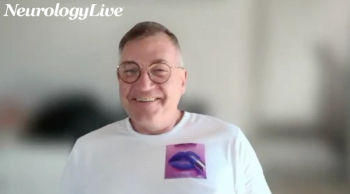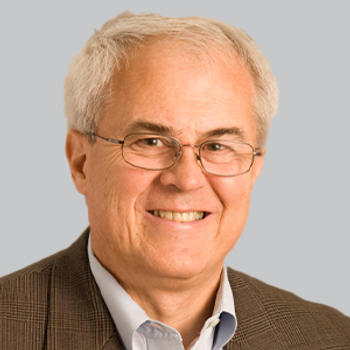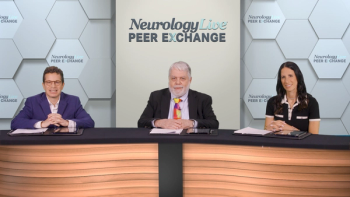
Little Evidence on Timing, Therapies for Pediatric Posttraumatic Headache
The study called for additional prospective studies to address therapy timing and outcome measurements for the treatments used in the clinic.
Findings from a recent systematic review suggest that there is limited evidence on timing and therapies that are effective for treating posttraumatic headache (PTH) in the pediatric population.
Of the 3458 studies originally screened, investigators included a total of 27 studies with a combined total of 5036 participants. Of those included, 9 were studies describing abortive pharmacologic therapies, 5 describing preventative pharmacotherapies, 1 describing neuromodulation, 5 describing procedures, 6 describing physical therapy and exercise and 2 describing behavioral therapy for PTH. The remaining 5 studies were randomized control trials.
In the first 2 weeks following mild traumatic brain injury (mTBI), studies were focused on abortive pharmacotherapies. Other treatment modalities focused instead on outcomes at the 1-month and 1-year marks. There were only 7 studies that reported on migrainous features, 7 that reported on personal history of migraine, and 3 that reported on family history of migraine.
“We did not identify any studies that provided good quality evidence for treatment of PTH in children and adolescents,” corresponding author Carlyn Patterson Gentile, MD, PhD, neurology instructor, department of neurology, Perelman School of Medicine, University of Pennsylvania; and attending physician, division of neurology, Children’s Hospital of Philadelphia, et al wrote.
“This finding is unchanged from systematic reviews of pharmacologic and procedural PTH treatment in adults and children, and from a review of postconcussive symptoms including headache. We expanded on this work by focusing specifically on headache in the pediatric population, including a broader range of treatments, and assessing for the presence of migrainous headache features and/or family and personal history of migraine in the reviewed studies,” Gentile et al wrote.
Included participants were children under the age of 18 years with acute PTH, defined as less than 3 months, and persistent PTH, defined as 3 months or more. Included studies commented on headache improvement in response to therapy. Following the systematic review, investigators also made recommendations for future clinical trial design.
Recommendations included establishing standardized and validated metrics to measure headache improvement for this patient population, as guidelines determining the efficacy of abortive therapies have been established in adults, but not in children. Investigators also recommend establishing a consensus of what constitutes persistent symptoms for research studies, and when it is appropriate to start preventative therapies, suggesting that persistent symptoms be defined as 4 weeks or longer. Additional recommendations include reporting risk factors for prolonged recovery shortly after mTBI, as well as considering headache characteristics when choosing the most appropriate treatment approach.
“There is a paucity of evidence to guide clinicians on the timing and types of therapies that are effective for treating PTH,” Gentile et al wrote. “Well-designed prospective studies with appropriate sample size and comparator groups that include thoughtful approaches to headache features, and timing of therapies are needed.”
REFERENCE
Gentile CP, Shah R, Irwin SL, et al. Acute and chronic management of posttraumatic headache in children: A systematic review. Headache. Published December 4, 2021. doi:10.1111/head.14236
Newsletter
Keep your finger on the pulse of neurology—subscribe to NeurologyLive for expert interviews, new data, and breakthrough treatment updates.









































